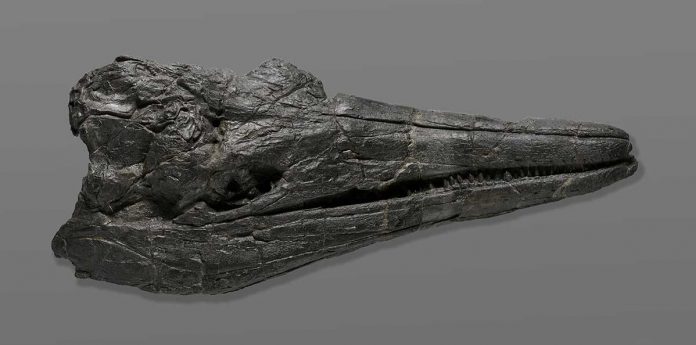Scientists found out a two-meter skull of a newly discovered species of giant ichthyosaur. This finding is shading light on the marine reptiles’ rapid growth into behemoths of the Dinosaurian oceans. It is also helping us to understand the journey of modern cetaceans as it becomes the largest animals to ever inhabit the Earth.
Once upon a time, dinosaurs ruled the land and ichthyosaurs ruled the waves. Ichthyosaurs ruled the ancient oceans for nearly the entirety of the Age of Dinosaurs.
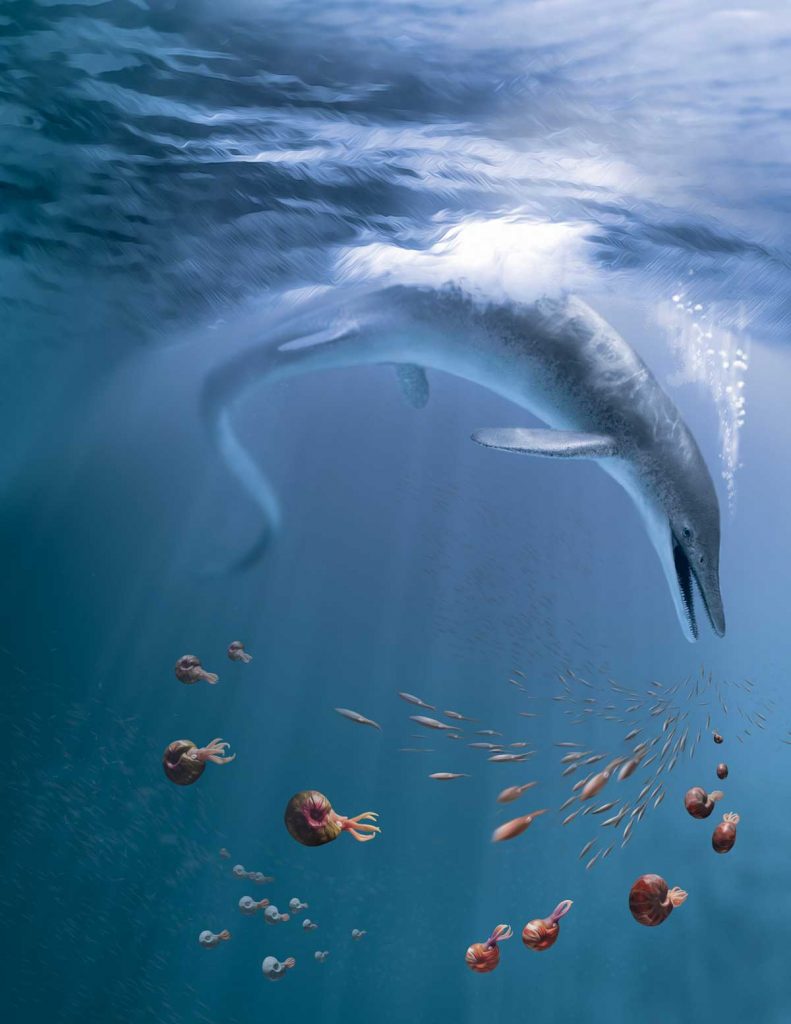
Scientists have found out a rock unit called the Fossil Hill Member from the Augusta Mountains of Nevada. The skull has been found along with a part of the backbone, shoulder and forefin. This skull dates back to the Middle Triassic which was 247.2-237 million years ago. The skull also represents the earliest case of an ichthyosaur reaching epic proportions. The scientists think the ichthyosaur was as big as a large sperm whale which is nearly more than 17 meters long. The scientists have named the new found ichthyosaur as Cymbospondylus youngorum and it is the largest animal that has been discovered from that time period, both from land and ocean. It is even the first giant creature to ever inhabit the Earth.
The name for the species Cymbospondylus youngorum means a happy coincidence.
Paleontologists have been recovering fossils from mountain ranges of Nevada. This investigation has opened a window into the Triassic since 1902. The mountains connect our present with ancient oceans. This has created many species of ammonites and shelled ancestors of modern cephalopods. These includes cuttlefish, octopuses and marine reptiles as well. All these specimens collectively known as the Fossil Hill Fauna.
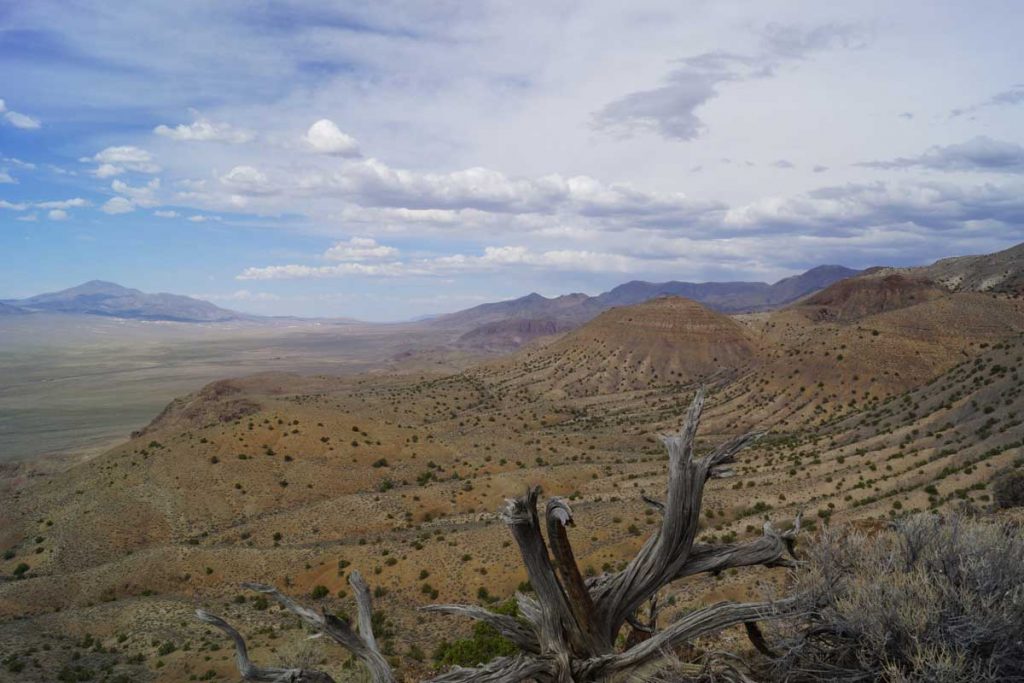
The new found species stalked the ocean some 246 million years ago. It was three million years after ichthyosaurs got their fins wet. It was a very short time to get this big. The elongated snout and conical teeth of the C. youngorum signify that it preyed on squid and fish. It also hunted smaller and juvenile marine reptiles as well.
C. youngorum may also had hefty competition. The scientists have done sophisticated computational modelling. They claimed that the energy running through the Fossil Hill Fauna’s food web supported a few more colossal meat-eating ichthyosaurs. Ichthyosaurs had different sizes and their survival strategies proliferated. They can be compared to modern cetaceans like small dolphins to massive filter-feeding baleen whales and also giant squid-hunting sperm whales.

Whales and ichthyosaurs have more similarity than only size. Both the species have similar body plans and they initially arose after mass extinctions. These specifications make them scientifically valuable for comparative study. Scientists combined computer modeling and traditional paleontology to find out how these marine animals reached record-setting sizes own their own.
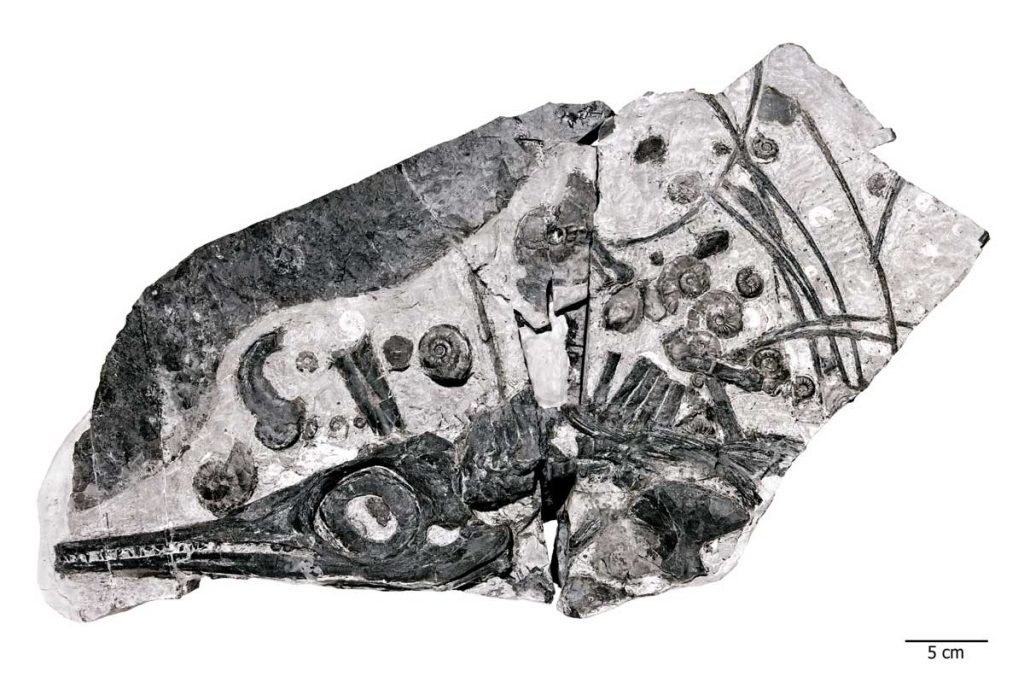
Both cetaceans and ichthyosaurs evolved to have very large body sizes. But their respective evolutionary trajectories were different toward gigantism. Ichthyosaurs had a boom in size. But whales took much longer to reach the size of ichthyosaurs.
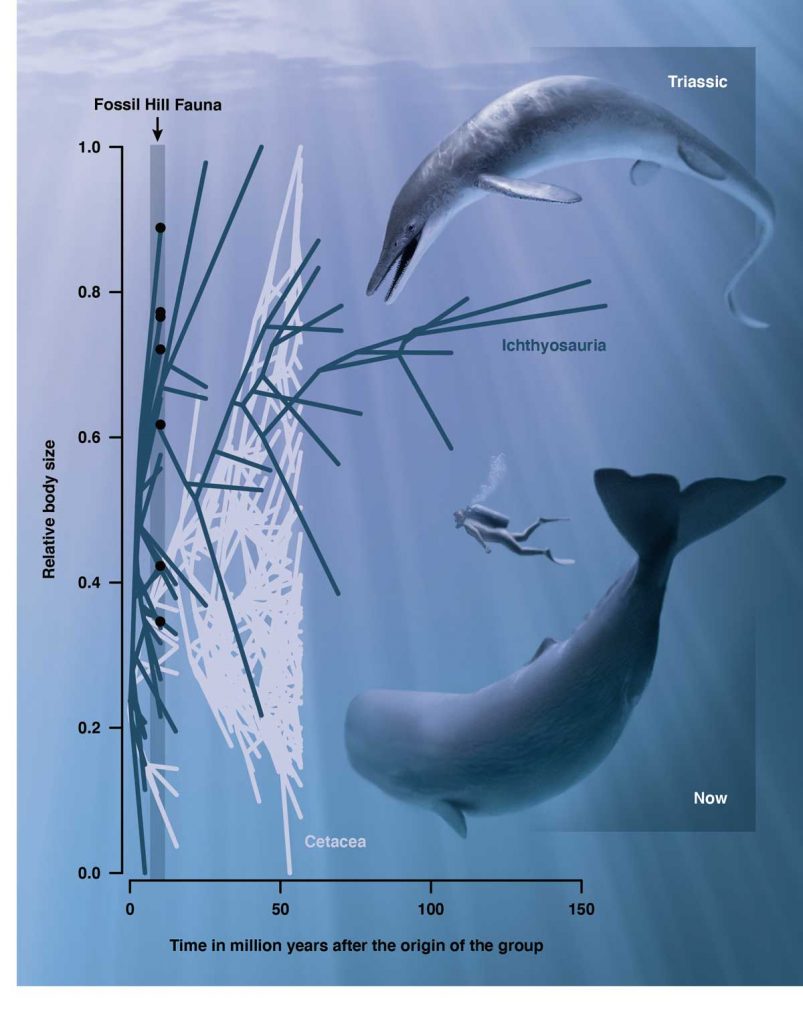
Dr. Jorge Velez-Juarbe of NHM’s Associate Curator of Mammalogy said, “As researchers, we often talk about similarities between ichthyosaurs and cetaceans, but rarely dive into the details. That’s one way this study stands out, as it allowed us to explore and gain some additional insight into body size evolution within these groups of marine tetrapods.”

